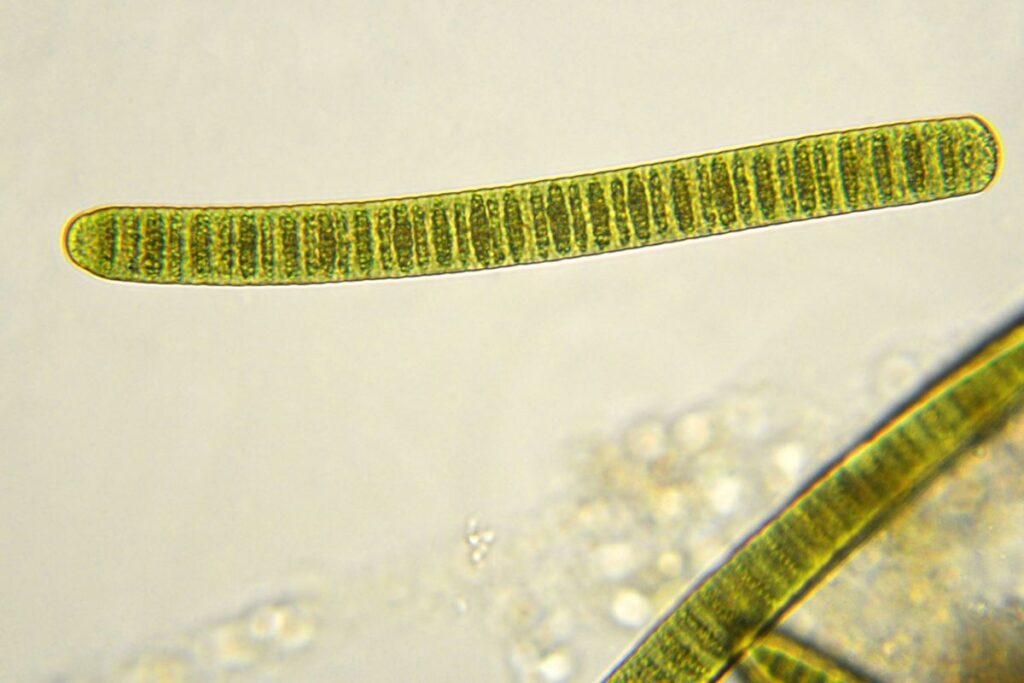Scientists have unearthed ancient microfossils that offer valuable insights into the origination of photosynthesis. These minuscule fossils, preserved for over two billion years within ancient rock formations, are said to be the oldest recorded evidence of photosynthesis on Earth to date. Remnants of cyanobacteria The University of Liège recovered microscopic thylakoid structures from the McDermott Formation in Northern Australia’s arid regions.
The team posits that these biological structures are remnants of cyanobacteria preserved in fossilized form, dating as far back as 1. 75 billion years ago. Cyanobacteria are photosynthetic microscopic organisms.
Photosynthesis is a vital chemical process for energy production in green plants, algae, and some bacteria. Thylakoids are linked disc-shaped sacs within the chloroplast’s interior membrane. They are essential in the process of oxygenic photosynthesis in cyanobacteria.
“Our study provides direct evidence for the presence of metabolically active cyanobacteria performing oxygenic photosynthesis,” the team mentioned in the research paper. Tracing tiny fossils of cyanobacteria The research proposes that the inception of photosynthesis occurred at least 1. 75 billion years ago.
The researchers looked at microfossils of the type of cyanobacteria called The fossils were recovered from a variety of places, including Australia’s McArthur Basin. The thylakoid structures were also found in one billion-year-old rock formations in Canada. Of all, these important biological structures were discovered in extraordinarily well-preserved conditions in Australia’s McDermott Formation fossils.
The findings might help to solve the mystery of the Great Oxidation Event, a critical period in Earth’s history when atmospheric oxygen levels increased significantly. The study suggests that thylakoid-containing cyanobacteria may have had a substantial role in the Great Oxidation Event that occurred some 2. 4 billion years ago.
Furthermore, understanding the evolution of cyanobacteria, particularly the creation of thylakoid membranes, is critical for solving the riddles surrounding Earth’s past and the growth of oxygen in the atmosphere. The team hopes to discover additional ancient evidence of thylakoids by exploring even older rocks. Further studies may also help determine the connection between the identified microfossils and the present-day cyanobacteria.
The research was published in the journal Today oxygenic photosynthesis is unique to cyanobacteria and their plastid relatives within eukaryotes. Although its origin before the Great Oxidation Event is still debated the accumulation of O2 profoundly modified the redox chemistry of the Earth and the evolution of the biosphere, including complex life. Understanding the diversification of cyanobacteria is thus crucial to grasping the coevolution of our planet and life, but their early fossil record remains ambiguous.
Extant cyanobacteria include the thylakoid-less Gloeobacter-like group and the remainder of cyanobacteria that acquired thylakoid membranes. The timing of this divergence is indirectly estimated at between 2. 7 and 2.
0 billion years ago (Ga) based on molecular clocks and phylogeniesand inferred from the earliest undisputed fossil record of Eoentophysalis belcherensis, a 2. 018–1. 854 Ga pleurocapsalean cyanobacterium preserved in silicified stromatolites.
Here we report the oldest direct evidence of thylakoid membranes in a parallel-to-contorted arrangement within the enigmatic cylindrical microfossils Navifusa majensis from the McDermott Formation, Tawallah Group, Australia (1. 78–1. 73 Ga), and in a parietal arrangement in specimens from the Grassy Bay Formation, Shaler Supergroup, Canada (1.
01–0. 9 Ga). .
From: interestingengineering
URL: https://interestingengineering.com/science/oldest-proof-of-earths-photosynthesis-dates-back-175-billion-years
